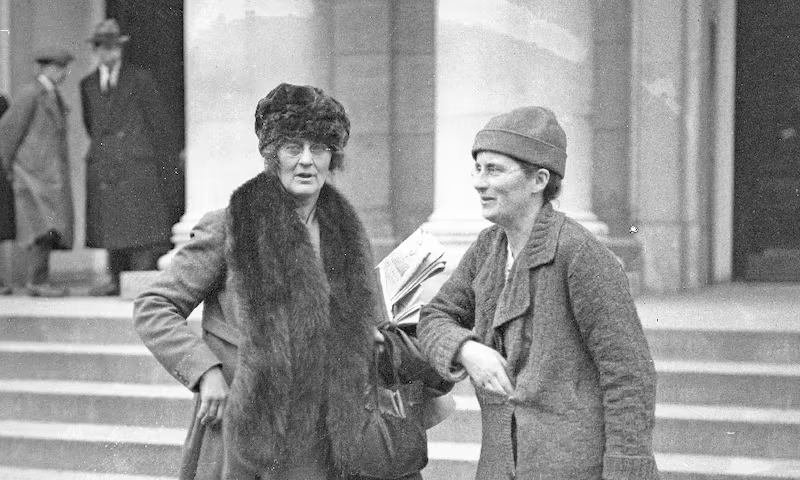The two victims of the Soloheadbeg ambush of January 21st, 1919 were constables James McDonnell and Patrick O'Connell of the Royal Irish Constabulary.
Several days before the shooting, McDonnell asked a friend in jest: “Do you think the Sinn Féiners would shoot me? I don’t think they would myself!” While there had been sporadic attacks on the RIC since 1916, the Soloheadbeg ambush had a new element of ruthlessness which distinguished it from other incidents, and it was denounced at the time by many as morally indefensible.
The RIC in general, however, was not unpopular with large sections of Irish society. This view is supported by memoirs of former policemen who maintained that prior to the commencement of the conflict in 1919, the relationship between the police and the community was relatively good. Most policemen had joined because it provided a secure income and pension, rarities in early 20th-century Ireland.

Veterans recalled the moral probity and discipline of the force, and an awareness that by joining the RIC, they gained respectability and status.
During the IRA campaign from 1919 to 1922, attacks on policemen and their barracks became the primary objective of militant nationalists, and more than 500 members of the force were killed.
Boycotting
Apart from military operations carried out by the IRA, a parallel campaign of intimidation and boycotting was directed at policemen, their families and others associated with the force such as landlords, suppliers and shopkeepers.
On April 10th, 1919, the Dáil formally authorised a boycott of the police, a measure which particularly affected long-serving members of the RIC. As native Irishmen with families and friends living in the country, they were particularly vulnerable to intimidation and boycotting. Such measures proved to be very effective and harked back to similar tactics used by previous generations of Irish revolutionaries.
For rank-and-file members of the constabulary, morale was difficult to sustain
As the conflict progressed, monthly constabulary reports highlighted significant levels of demoralisation within the force because of the boycott, with some policemen even openly calling for the RIC to be disbanded.
The inspector-general of the force noted the sharp decline in living conditions, the ever-present danger, and being subjected to the appeals of parents and their families to leave the force. “. . . They could do little more than defend themselves and their barracks. Their lives were a misery.” For rank-and-file members of the constabulary, morale was difficult to sustain. Aside from the constant fear of death or injury, hundreds of long-serving policemen resigned or retired. The recruitment of Black and Tans and the Auxiliary Division in 1920, measures which had been intended to improve the situation, had only made matters substantially worse.
Commemorating
On January 21st, 1969, the 50th anniversary of the Soloheadbeg ambush, a notice appeared in The Irish Times commemorating both policemen. It was published "in proud memory of two fine Irishmen . . . and their gallant Irish comrades of the old RIC".
By that time, the epithet “old” had come into use to distinguish the pre-1919 RIC from its final incarnation. The same term was also used to distinguish the IRA as a body legitimised by its role in the foundation of an independent State, as opposed to an organisation that subsequently acted against that State. In both cases the distinction between “old” and “new” implied tradition and honour, legitimacy and acceptance.
In 2010 a new memorial garden was opened inside the grounds of Dublin Castle to commemorate more than 80 members of An Garda Síochána killed in the line of duty since the foundation of the force in 1922. The garden also contains a plaque commemorating deceased members of both the RIC and the Dublin Metropolitan Police.
This installation, combined with new research and a willingness by historians and academics to look afresh at Irish history, are perhaps tacit acknowledgements that the 85,208 men who served in the Royal Irish Constabulary between 1814 and 1922, and more than 500 policemen who were killed between 1919 and 1922, are worthy of remembrance, in equal measure to other victims of that conflict.
John Reynolds is a serving Garda sergeant based at the Garda College in Templemore. He established the Garda College Museum in 2002. He holds a PhD in history from the University of Limerick, and is the author of 46 Men Dead: The Royal Irish Constabulary in County Tipperary, 1919-21, published by Collins Press, and the forthcoming book Violence and Visionaries: The Templemore Miracles, 1920, published by the History Press.



















